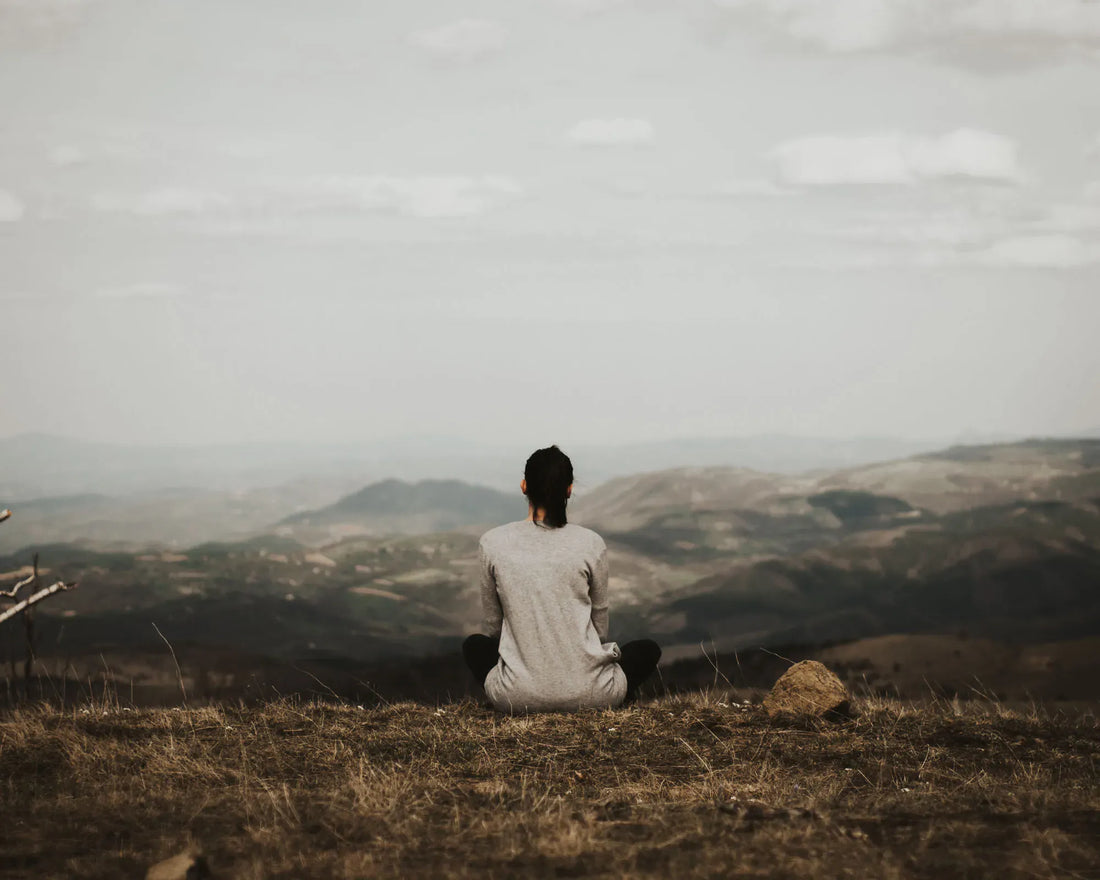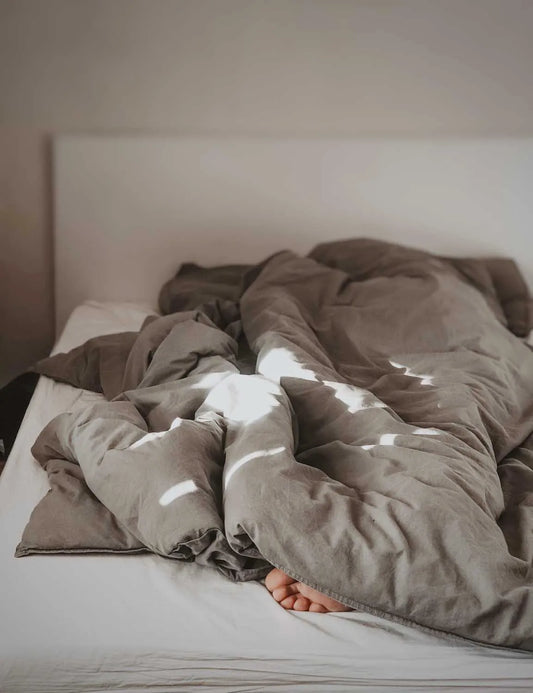Dive into the intriguing topic of sleep meditation as we explore techniques for a peaceful night's rest. At Remly Sleep, we're dedicated to leveraging research for product development, and The Dream Lab is our way of sharing the knowledge we gain with you.
Research has shown that meditation can have a positive impact on sleep quality and overall well-being. A study published in JAMA Internal Medicine found that mindfulness meditation can help improve sleep quality in older adults with moderate sleep disturbances.
The Benefits of Sleep Meditation
Sleep meditation is a practice that combines meditation techniques with relaxation strategies to help promote a peaceful night's rest. Incorporating sleep meditation into your bedtime routine can offer numerous benefits, including:
-
Reduced stress and anxiety: Sleep meditation can help to calm the mind and reduce stress levels, which can, in turn, make it easier to fall asleep and stay asleep throughout the night.
-
Improved sleep quality: By promoting relaxation and encouraging a more restful state, sleep meditation can enhance overall sleep quality. This can lead to better physical health, as discussed in our article on the relationship between sleep and physical health.
-
Better emotional regulation: Regular meditation practice can support emotional well-being, leading to improved mood and reduced symptoms of anxiety and depression. For more information on the impact of sleep on mental health, check out our article on sleep and mental health.
-
Enhanced focus and concentration: Practicing mindfulness and meditation can help to improve focus and concentration, which can be beneficial during the day as well as at bedtime. Improved focus and concentration can also lead to better productivity, as discussed in our article on sleep and productivity.
With these benefits in mind, let's explore some sleep meditation techniques that can help you achieve a more peaceful night's rest.
1. Body Scan Meditation
Body scan meditation involves mentally scanning your body from head to toe, focusing on each area and releasing any tension you may be holding. This technique helps to bring awareness to the physical sensations in your body, promote relaxation, and ease the transition into sleep.
To practice body scan meditation:
- Lie down comfortably in bed, with your eyes closed.
- Start at the top of your head and work your way down to your toes, bringing your attention to each part of your body.
- As you focus on each area, notice any tension or discomfort and consciously release it, allowing your muscles to relax.
Body scan meditation can be particularly helpful for those who experience sleep disorders, such as insomnia. To learn more about sleep disorders and their symptoms, causes, and treatments, visit our article on sleep disorders. Additionally, understanding different sleep stages, such as light sleep, deep sleep and REM sleep, can provide valuable insights into your sleep patterns.
2. Guided Sleep Meditation
Guided sleep meditation involves listening to a recorded meditation, often led by an experienced meditation instructor. These guided sessions may include visualization exercises, calming music, or soothing nature sounds to help relax the mind and body.
To practice guided sleep meditation:
- Find a guided sleep meditation recording that appeals to you. Many apps, websites, and podcasts offer a variety of options to choose from.
- Lie down comfortably in bed and begin playing the recording.
- Follow along with the meditation, allowing your mind to focus on the guided imagery, sounds, or relaxation techniques.
Guided sleep meditation can be especially beneficial for those who have difficulty quieting their minds before bed. For more sleep optimization techniques, consider our article on 10 essential tips for better sleep hygiene.
3. Mindfulness Meditation
To practice mindfulness meditation:
- Get into a comfortable position in bed and close your eyes.
- Begin to focus on your breath, noticing the sensation of air entering and leaving your body.
- As thoughts or feelings arise, acknowledge them without judgment, and then gently bring your attention back to your breath.
Consistent practice of mindfulness meditation can help to improve sleep quality and reduce the time it takes to fall asleep. It can also be beneficial in managing stress and anxiety, which are common factors that can interfere with restful sleep. To further support your sleep journey, explore our article on melatonin and its role in sleep regulation.
Concluding Thoughts
Integrating sleep meditation techniques into your bedtime routine can have a positive impact on your overall sleep quality and well-being. Whether you choose body scan meditation, guided sleep meditation, or mindfulness meditation, practicing consistently can help to reduce stress, promote relaxation, and make it easier to fall asleep at night. As you explore these techniques, you may discover that one or a combination works best for you. Sweet dreams!
In addition to practicing sleep meditation, consider incorporating other sleep-promoting habits and routines into your daily life. For example, maintaining a consistent sleep schedule, creating a relaxing sleep environment, ensuring total darkness or using a sleep mask, and limiting exposure to blue light before bedtime can all contribute to improved sleep quality. As you continue your journey to better sleep, remember that consistency and patience are key. Sleep meditation may not produce immediate results, but with regular practice, you can experience lasting improvements in your sleep quality and overall well-being.
Thank you for exploring sleep meditation techniques with us at The Dream Lab. Remly Sleep is on a mission to make you sleep better by sharing the latest sleep research and incorporating this knowledge into our innovative products. We're excited to journey together and discover more insights on sleep and well-being, helping you achieve a more peaceful night's rest.




